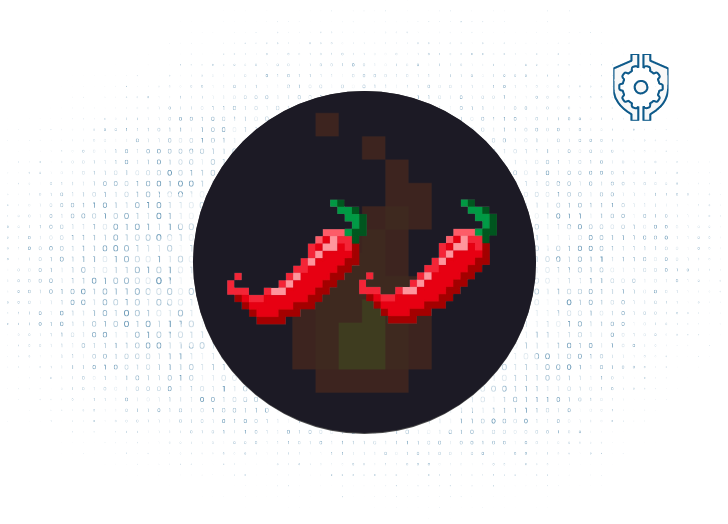
Spicy 2.0
Our governance aggregator, co-developed with ChatGPT, gets a round of sizzling upgrades. This is what's new at spicy.vote.

We created spicy.vote to experiment with an alternative way of exploring DAO governance. The starting proposition was that, in order to get to the spicy core of effective governance, we need to first understand those pivotal, divisive votes that make or break DAOs. The majority of proposals are upgrades or consensus-driven changes, but it’s often the most contentious proposals that tell the more interesting stories.
Our core notion for this round of updates was that informed voting would lead to strategic governance, which was inspired by the recent Aragon governance attack attempt. As an extension of this thought, perhaps Web3 needs more aggressive takeovers in order to reignite stagnant communities.
Spicy Growth
We have implemented two key changes to this round for spicy.vote: vote metrics and a submit a dao functionality.
The individual vote metrics are intended to provide spicy.vote users with an insight into the current state of each vote and dynamics of community members involved. The idea behind it is that users can begin to formulate where and how they could impact a vote.
Total Votes: The total number of tokens utilized in the current active vote. This provides a reference point for other metrics.
Total Wallets: The total number of wallets currently participating, to show the spread of members.
Average Voter: Total Votes over Total Wallets. Providing the average voter balance so far.
Alpha Voter: A snapshot of the community chad. This metric shows the voting balance and the dollar cost to acquire that stack underneath it.

In order to facilitate the capacity for organic growth (and potentially autonomy down the road) a function to Submit a DAO has been added. As the aggregator is currently powered by Snapshot, it only requires a user to share a portion of the specific DAO’s Snapshot URL. The current process is manual but could easily be upgraded to automatically add new DAOs.

Development Process
Following on from the trend of version 1, this was a combined effort between two amateur devs and ChatGPT. The idea being that using ChatGPT as a guide would accelerate the learning process.
This second stage of the development process was much more technical and included iterating on previous database structures and adding new ones to work in conjunction. The development approach was different this time around as the balance shifted more towards dev knowledge than being AI-led.
The original initial learning experience in version 1 remains true here however; and having ChatGPT fill knowledge gaps and solve small problems accelerated the rate of Python understanding.
Next steps?
A third round of changes is being laid out at the moment. These will focus on providing holistic data on the state of each DAO and voting activity across time. Alongside this will be further additions around sorting and ordering search results, which will help support our strategic voting positioning.
Got any Spicy ideas of your own to share? Get in touch with one of the team and perhaps we can collaborate on what we’ve built so far!
